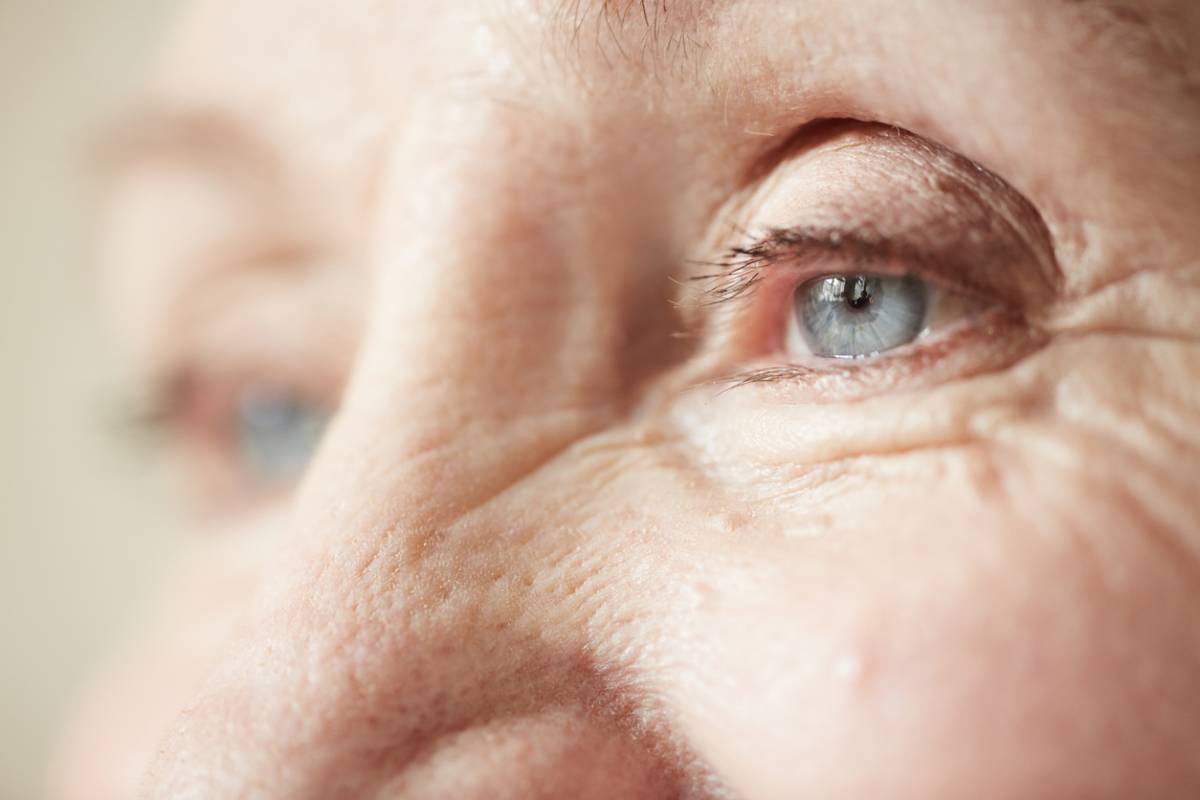The eyelids are one of the first areas of the body to exhibit signs of aging, which typically displays itself as a loosening of the skin surrounding the eyelids. Below we look at extra eyelid skin and why it happens.
Extra Eyelid Skin: Why It Happens
This condition, known by several names from dermatochalasis to ptosis, can range in severity from merely annoying to actually medically concerning. These conditions vary case by case.
If you’re suffering from extra eyelid skin and are considering receiving Ptosis surgery in the Inland Empire, then take a look at this brief overview on why this irritating skin develops in the first place.
The Dermatochalasis Basics
Cases of dermatochalasis vary heavily from person to person, so in some ways, it’s difficult to attribute its cause to any one factor.
However, the main culprit overall is generally the force of time. As time transpires, gravity takes its toll on the skin surrounding the eyes, causing it to droop and sag.
Technically speaking, no actual extra skin develops around the eyes. Rather, the skin that exists simply begins to experience compromised integrity.
This condition typically only affects the upper eyelids, but in special cases has the potential to affect the lower eyelids as well.
Tissues Under Stress
Like all of the areas of the body that have muscles and skin, eyelid skin is held together by connective tissues. These tissues start to lose integrity as they face various environmental stressors.
When the tissues surrounding the eyes start to lose their elasticity to the point that they become visibly sagging, this condition is known as ptosis.
The Effects of Extra Eyelid Skin
For the most part, extra eyelid skin is simply an aesthetic issue without serious consequences – asides from being, in general, an undesirable feature appearance-wise.
However, in extreme cases, eyelid skin can become somewhat of a more serious medical issue when the skin sags enough that it begins to obstruct and obscure the patient’s vision.
In these cases, it becomes more urgent to pull back the obstructive skin in order to prevent the client from having detrimental levels of eye obstruction.
The Main Causes of Extra Eyelid Skin
For the most part, the culprits of gravity and time are to blame for the development of extra eyelid skin. Given this, it’s a phenomenon that occurs primarily in older patients. However, this is not always exclusively the case.
Some of the main causes that are responsible for extra eyelid skin development include:
- The aging process
- Eyelid surgery
- Genetic factors
- Frequent eye rubbing
- Neurological conditions
On top of these, there are also underlying health issues that can contribute to the development of ptosis. Some of these include:
- Thyroid eye disease
- Trauma or injury to the eyes
- Ehlers-danlos syndrome, which affects collagen function
- Xanthelasma, a condition which causes flat, yellowish plagues to develop
- Angioneurotic edema is a relatively rare condition which involves periodic swelling episodes
In addition to the rest of these contributing factors, genetic predisposition is also a possible contributing factor.
Dealing With Extra Eyelid Skin
In some cases, it might not even be necessary to deal with extra eyelid skin if the patient finds it insufficiently bothersome, either aesthetically or medically.
However, should you decide to move forward with some kind of treatment, here are some of the primary ways in which physicians are able to modify and remove the excess skin:
- Blepharoplasty – a specialized surgery in which the surgeon removes excess skin, muscle and fat.
- Fillers – Hyaluronic acid dermal fillers are able to be used to add volume to the lids.
- Injections – Botox injections are also able to tighten sagging skin and remove wrinkles.
- Fat Removal – This is a procedure that involves repositioning fat in the eyelid area in order to try to modify its appearance.
Talking With Your Doctor
You’ll be able to discuss the unique elements of your situation with your physician, who will help you determine the best course of action in terms of dealing with your own sagging skin.
Depending on the severity of the issue, it’s quite possible that there will be a variety of possibilities suggested.
You’ll also go over your personal medical history and the unique elements of that that will go on to form your surgical plan.
Overall, it’s the best time to prepare yourself as adequately as possible for your upcoming operation.
Inland Empire’s Eyelid Experts
Dermatochalasis is an irritating condition that can sometimes become medically concerning, but it doesn’t have to be permanent. If you’re considering receiving eyelid surgery in the Inland Empire, then schedule a consultation and find out why we’re considered the eyelid surgery experts.


